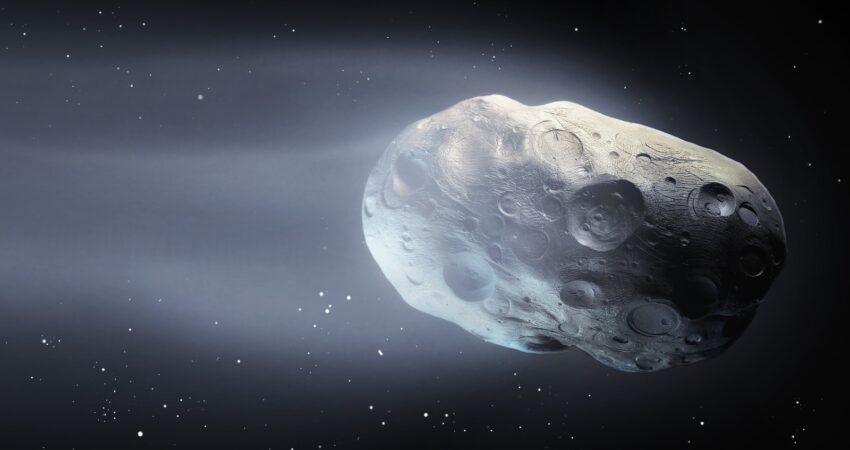The Hubble Space Telescope is used to learn all kinds of astronomical objects, from far galaxies to strange exoplanets, and sometimes even planets here in our solar system. But the latest discovery is not related to stars, galaxies, or planets: on the contrary, it is a comet. And not just any comet – it has seen the largest core ice comet that looks up to now, according to the official Hubble website.
The comet is an ice body that passes the space that orbits around the sun. When they approach the sun and heat up, they release the gas that gives them a typical tail. They are useful for astronomers to learn because they are some of the oldest objects known in the solar system, so seeing they can reveal instructions on how the planets are formed. Many comets in our solar system are in an area called Oort Cloud, far beyond Neptune’s orbits.
Observations from Hubble from this particular specimen can confirm that this is not an ordinary comet, because it measures a defeat of 80 miles, much greater than the previous biggest comet, which is 60 miles.
“This comet is truly the peak of the iceberg for thousands of comets that are too fainted to see in a further part of the solar system,” said one researcher, David Jewitt of the University of California, Los Angeles. “We always suspect this comet must be large because it is very bright at such a big distance. Now we confirm it.”
How to measure a comet
Certain comets in question, named C / 2014 UN271, were first observed in 2010. It was very bright, so it attracted the attention of astronomers, but it was also very far at 3 billion miles from the sun. The heavenly body is heading towards us but even now, more than a decade later, is still 2 billion miles from the sun.
The challenge with comet measurements is that they have dust shells that surround their solid ice cores, or nucleus, which makes it difficult to see. Land-based telescopes observe comets other than space-based telescopes such as Hubble, although Hubble cannot see comet nucleus specifically because it is very far away. The researchers used Hubble images, along with radio observations, to compare with computer models with what size should shine that way. They found that remembering its size, the comet had to weigh 500 trillion tons which mighty, which was one hundred thousand times more than the typical comet weight.
This ice animal resisted us at a speed of 22,000 miles per hour, but the good news is that it is not a threat to us because it won’t come closer to the sun than Saturn’s orbits. But learning it can help astronomers learn more about smaller brothers.







